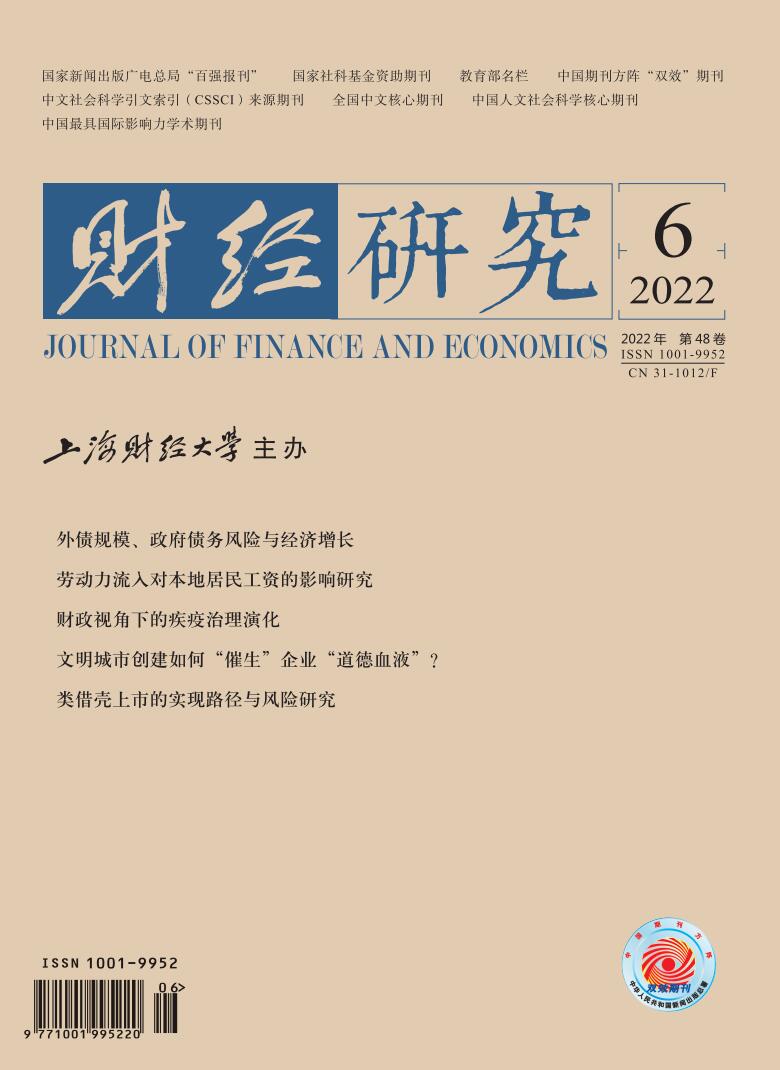In recent years, the downward pressure on China’s economic growth has continued to increase, which requires more proactive fiscal policies. However, China’s government debt has also risen rapidly. In 2019, China’s government debt ratio reached 54.2%, which was higher than the average level of emerging economies. If the implicit debt problem of local governments is further considered, the debt pressure of the Chinese government will be more serious. Therefore, whether the government can further increase leverage to ensure the sustainability of proactive fiscal policies has become an important issue of high concern.
Based on the typical characteristics of China’s low external debt ratio, this paper collects quarterly data of 35 major economies in the world from 2001 to 2018, and makes a systematic analysis of this issue from the perspective of external debt ratio. The results show that, on the one hand, the low proportion of external debt in government debt does help to reduce the probability of the outbreak of systemic financial risks. Therefore, it can be regarded as a “safe cushion” for government debt, which helps to broaden the room for the government to increase leverage. On the other hand, the low proportion of external debt in government debt will result in “low proportion of external debt — the pulling effect on investment weakened — the effect of government debt on promoting economy weakened” and “low proportion of external debt — the pulling effect on total factor productivity weakened — the effect of government debt on promoting economy weakened”. The two mechanisms will weaken the role of government debt in promoting economic growth, which has been neglected by previous studies.
Based on the results, this paper believes that the low proportion of external debt is a major advantage of China in “risk prevention”, which gives the central government more room to increase leverage, thus ensuring the sustainability of proactive fiscal policies. However, excessive reliance on domestic debt also restricts the role of government debt in “stabilizing growth” to a certain extent. In the future, China can appropriately optimize the scale of foreign debt, so as to better seek dynamic balance between “risk prevention” and “stabilizing growth”.
The main contribution of this paper is reflected in two aspects: Firstly, although previous studies have formed a preliminary understanding that the low proportion of foreign debt may help to reduce the risk of government debt, there is a lack of empirical research. The empirical research of this paper confirms that the low proportion of foreign debt in government debt is indeed helpful to reduce the probability of systemic financial risks. It is a useful supplement to the existing research. Secondly, in view of the typical characteristics of the low proportion of foreign debt in China’s government debt, we should not only see its advantages in preventing financial risks, but also be alert to its potential adverse effects on economic growth. These views have been ignored in previous studies.





 4642
4642  9036
9036

